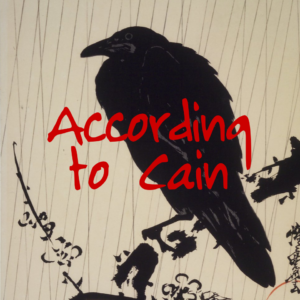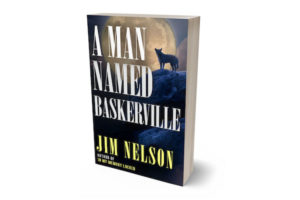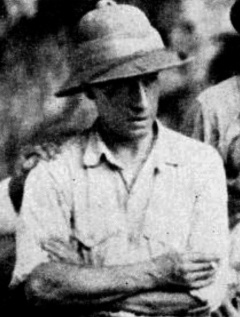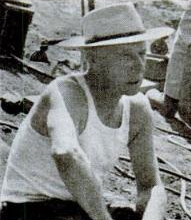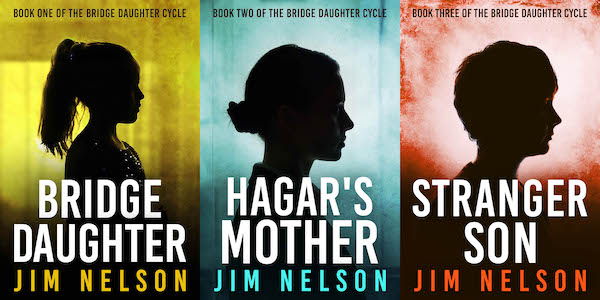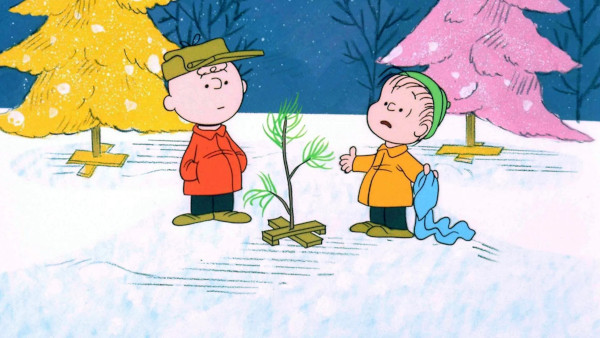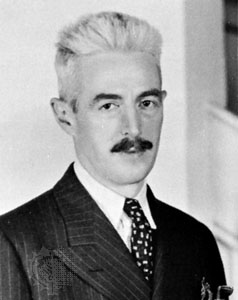
Previously: The mysterious B. Traven
The year 2015 was more productive than the prior for blogging. I managed to eke out twenty-six blog posts, or about one every two weeks. In the world of blogging this is nothing to crow about. I never intended for this blog to be a daily writing exercise, though. I sought to stretch myself in terms of research and preparation for the longer pieces, and to produce longer work that stood on its own, rather than be impressive in its volume.
It was also an eclectic year. I wrote a piece on Japan’s sakoku (its two-hundred and fifty year period of isolation) and rangaku (literally, “Holland learning”). I had no business writing this. I’m not a domain expert on the subject, and my experience is based solely on some personal research and visiting Dejima, the artificial island in Nagasaki where Dutch traders bought and sold goods until the end of sakoku. 2015 is also the year I started writing about story structure and fiction workshopping, topics I feel more at ease discussing.

By far, the most popular blog post of that year, and for this web site’s existence, is “Dashiell Hammett, The Flitcraft Parable (from The Maltese Falcon).” This long post gave me the chance to air a theory I’d developed on the Flitcraft Parable, a brief tale private eye Sam Spade tells femme fatale Brigid O’Shaughnessy in an early chapter of the infamous detective novel. It’s an odd digression for straight-talking Spade to make, and an odd digression in general, for the novel is a model of brisk narration and economical prose. As I wrote in 2015:
One cannot imagine the Flitcraft Parable finding a place in pulps like Black Mask, magazines that instructed their writers “When in doubt, throw a dead body at ’em.” No gun is leveled, no whiskey is poured, no dame is saved. In The Maltese Falcon Dashiell Hammett crafted the most iconic private detective novel ever, the singular representation of an entire form, and yet in it he wrote the most unorthodox story of detection ever.
And that is an important point about the Flitcraft Parable, for it is a story about a rather simple bit of detection Spade was hired to perform many years prior to the events of Falcon. There’s not of a lot of chin-scratching in the parable itself. Rather, the chin-scratching comes later, as Spade attempts to explain what it all means, while O’Shaughnessy characteristically shrugs off its significance.
Like the parables of Christ and the Buddha, the Flitcraft Parable’s shape and ending is ambiguous, and its meaning elusive. Even the reason for Spade telling the parable is debated. I won’t cover it all here, it’s best explained by my post.
By far, the most substantial criticism I received for it was that I’d over-thought my reasoning, and that there was no proof Hammett knew of Charles Sanders Peirce’s work (which I think unlikely). I posted a follow-up in November 2015 giving an alternate, but related, explanation of the parable.
Twenty Writers: Dashiell Hammett, The Flitcraft Parable (from The Maltese Falcon)
